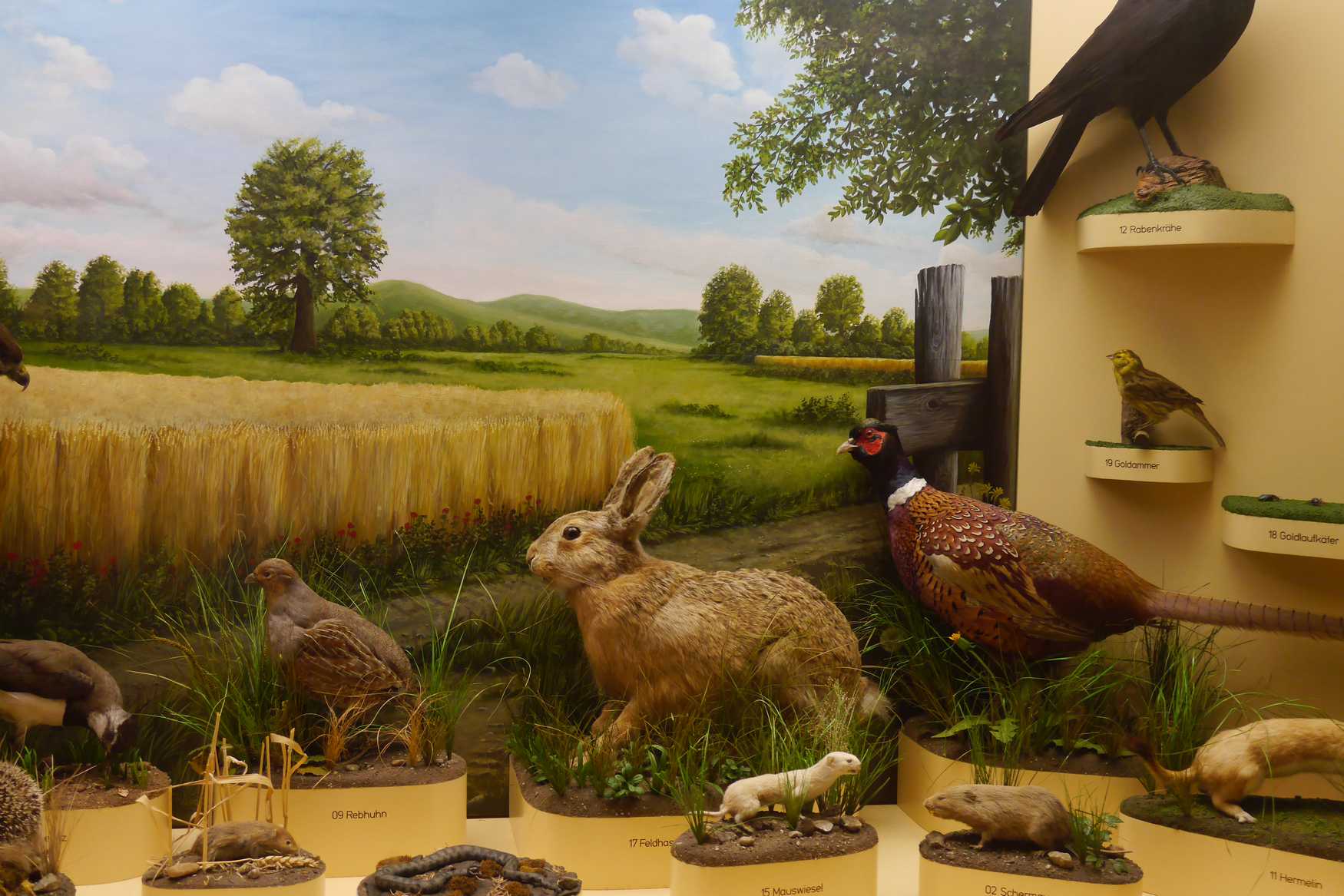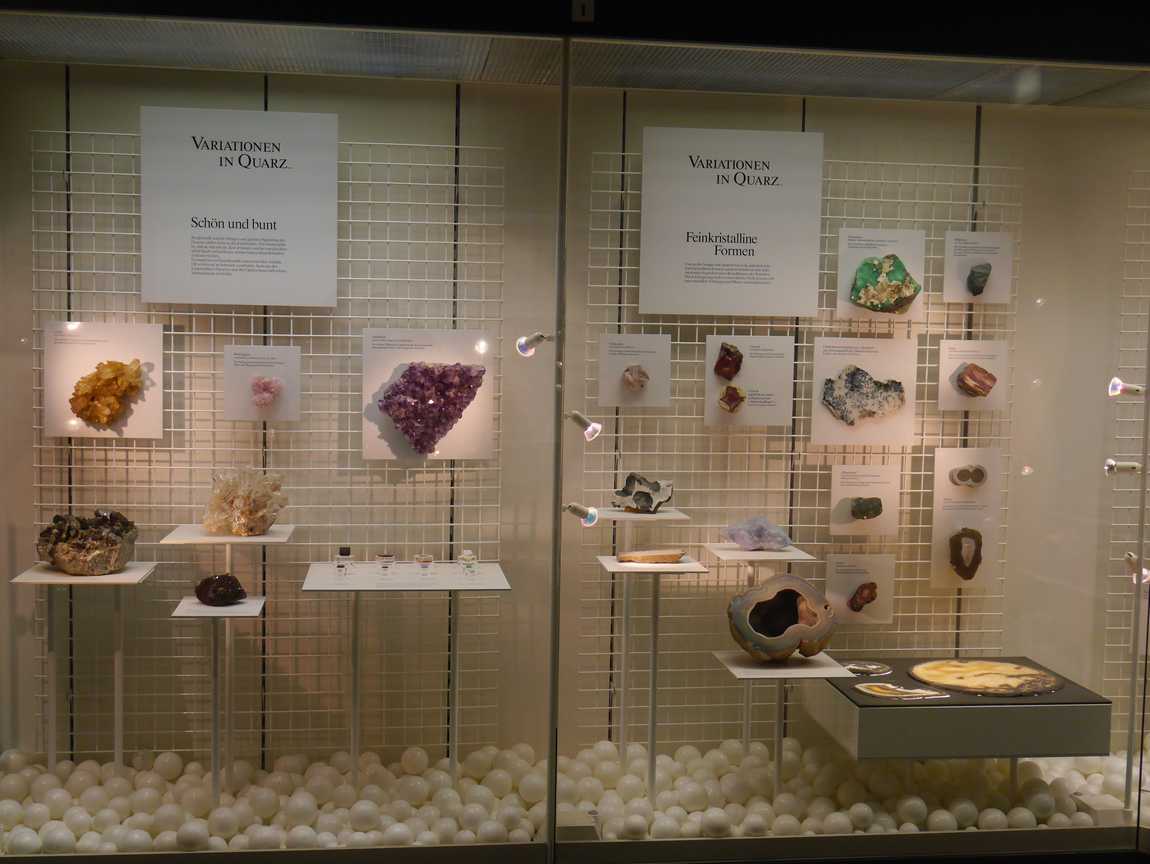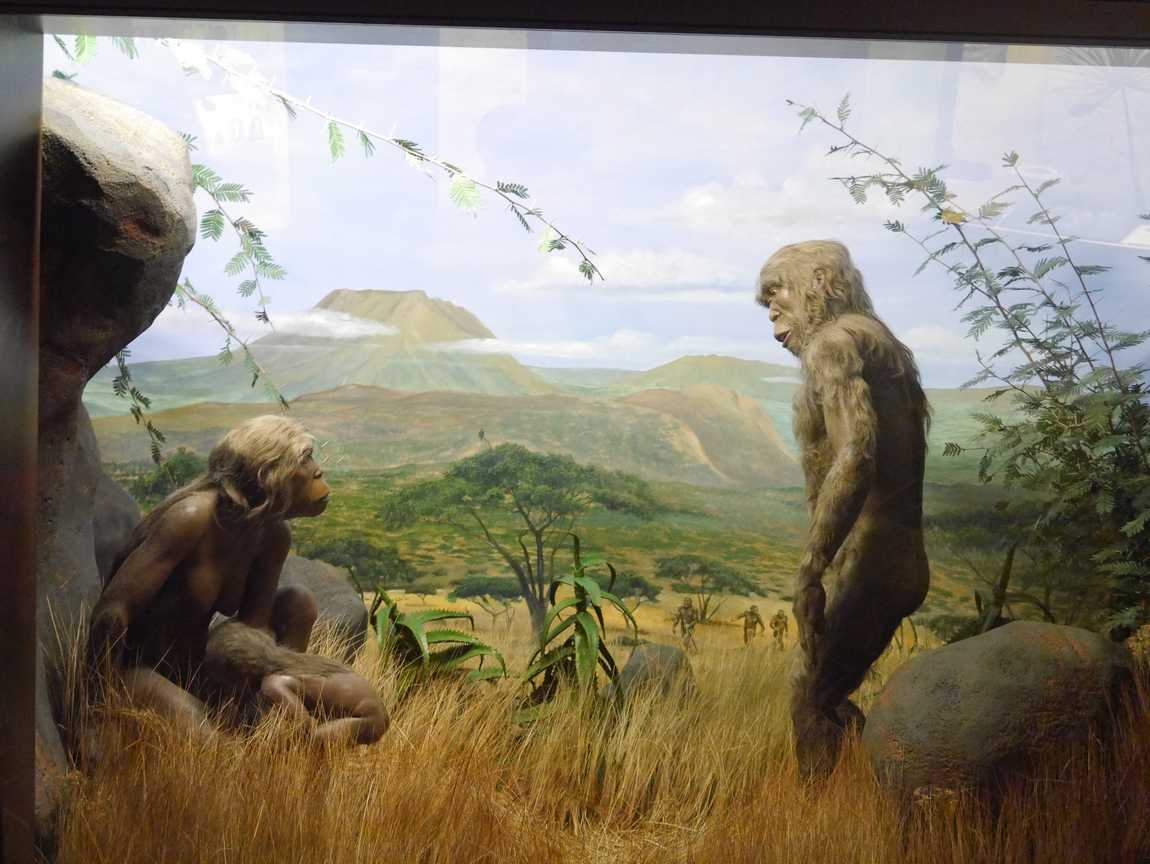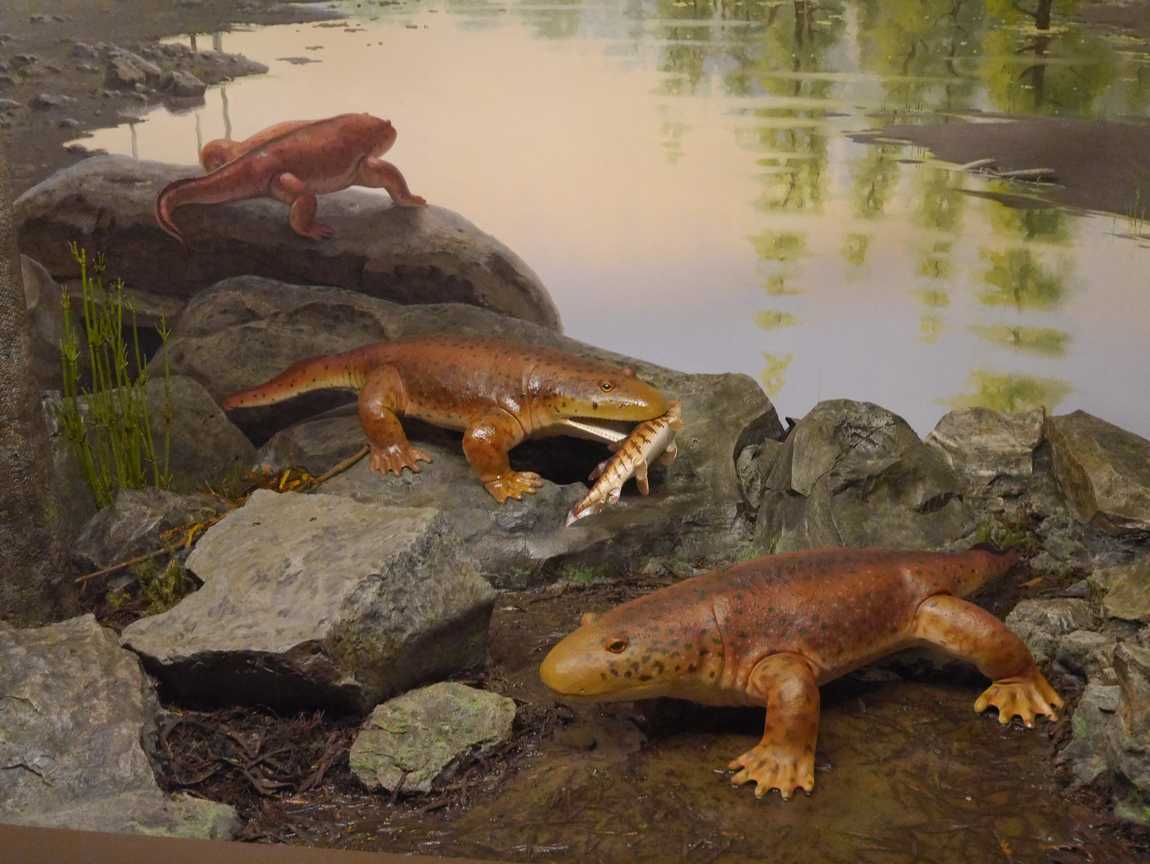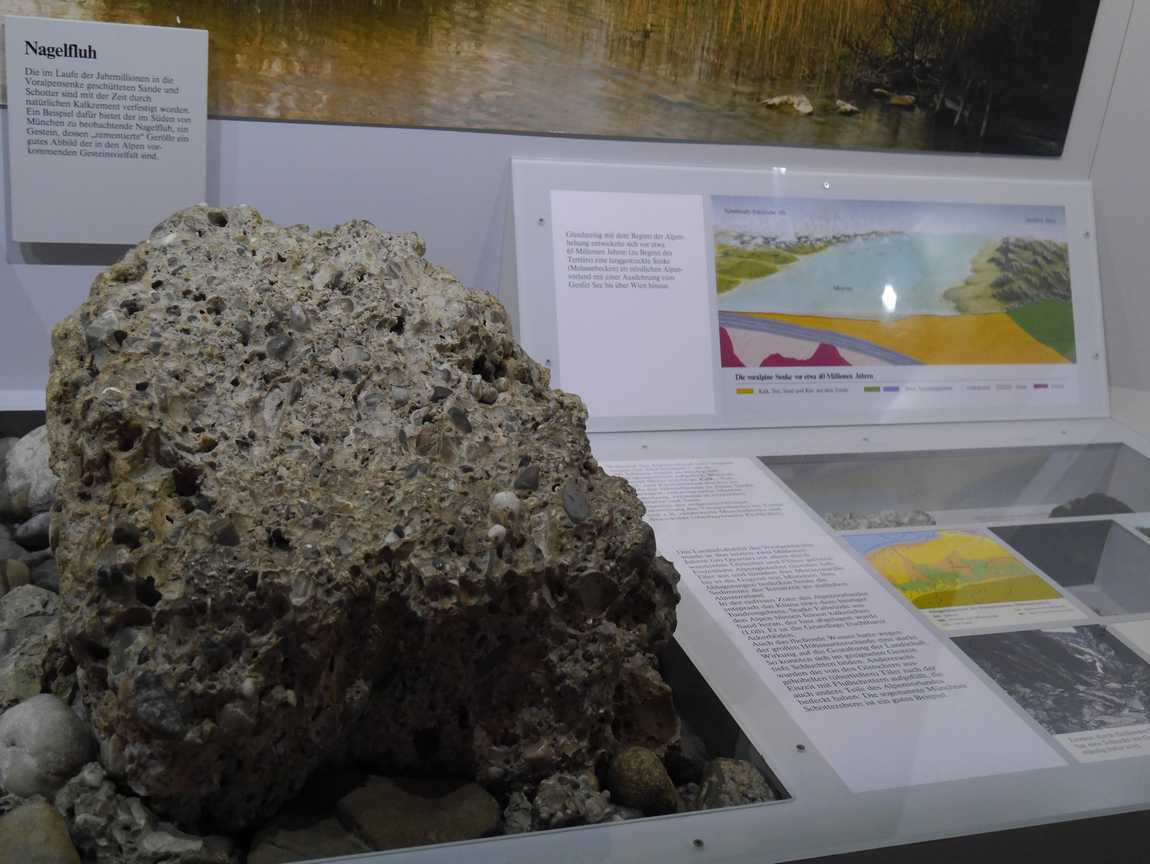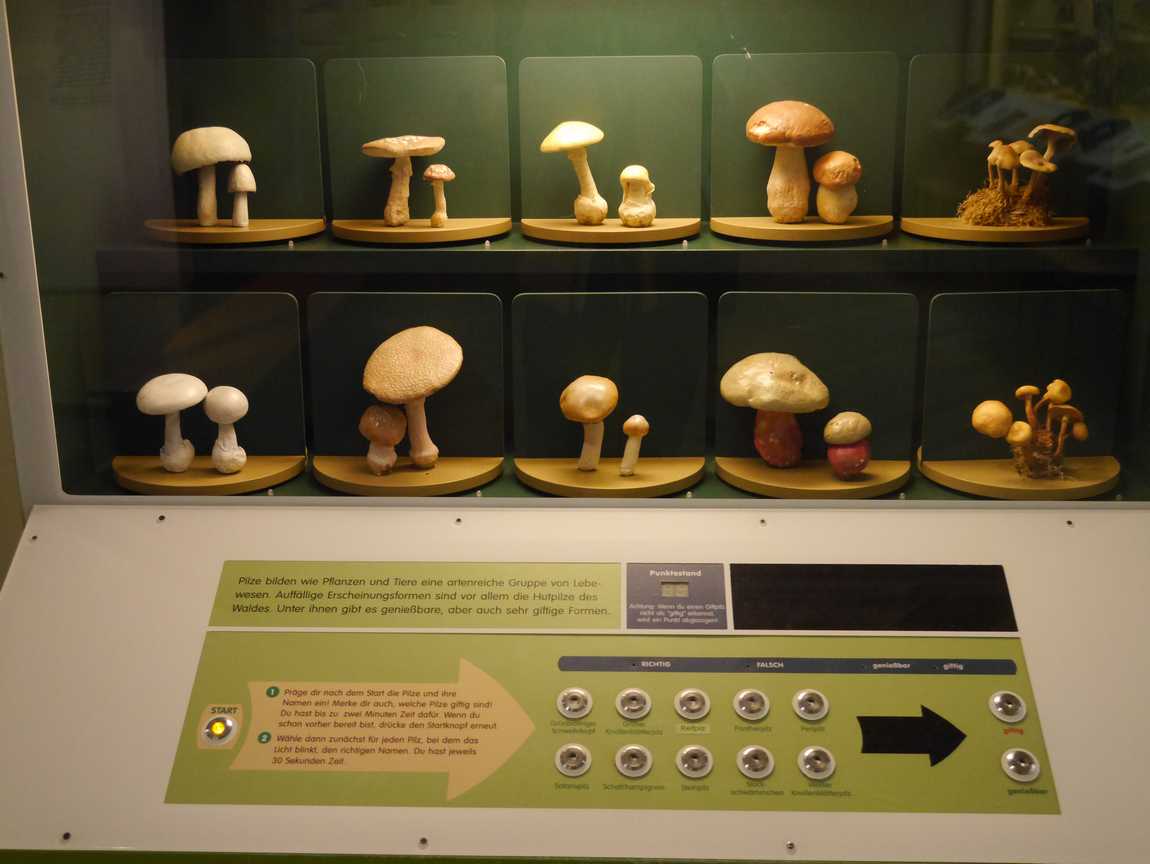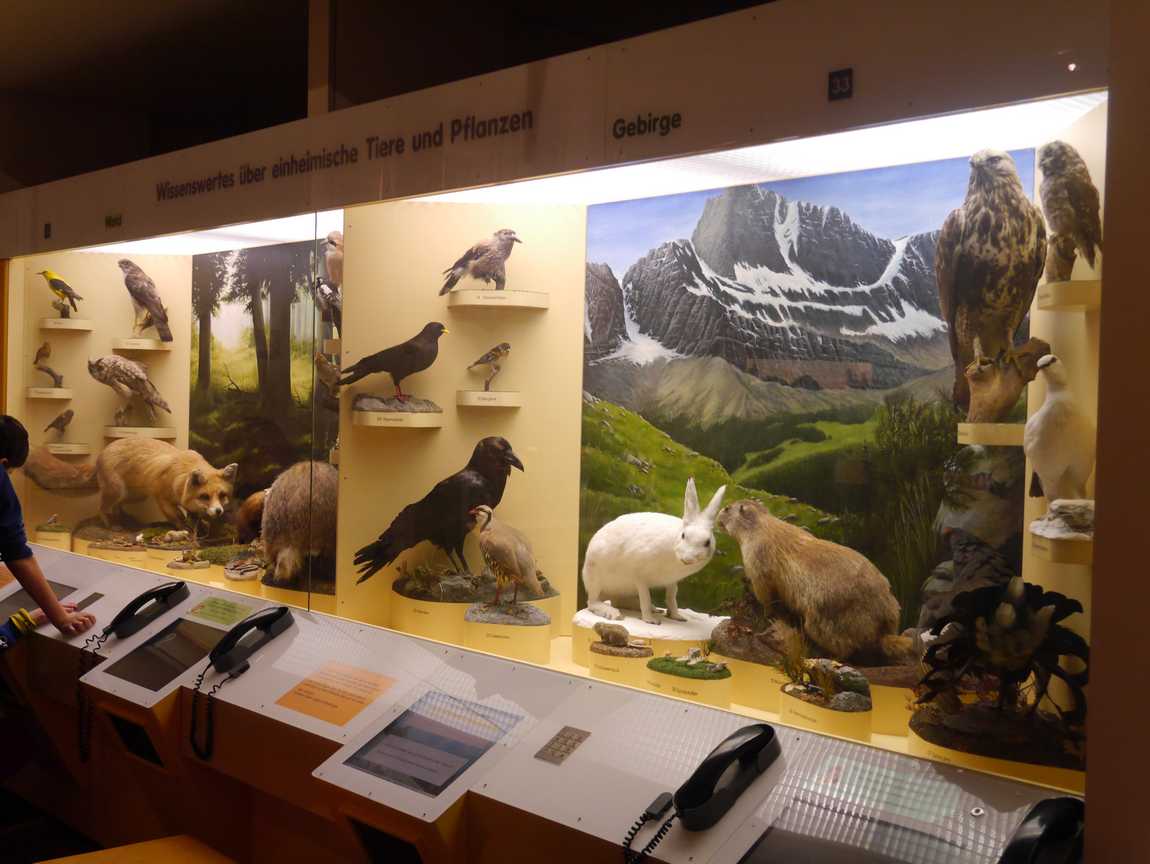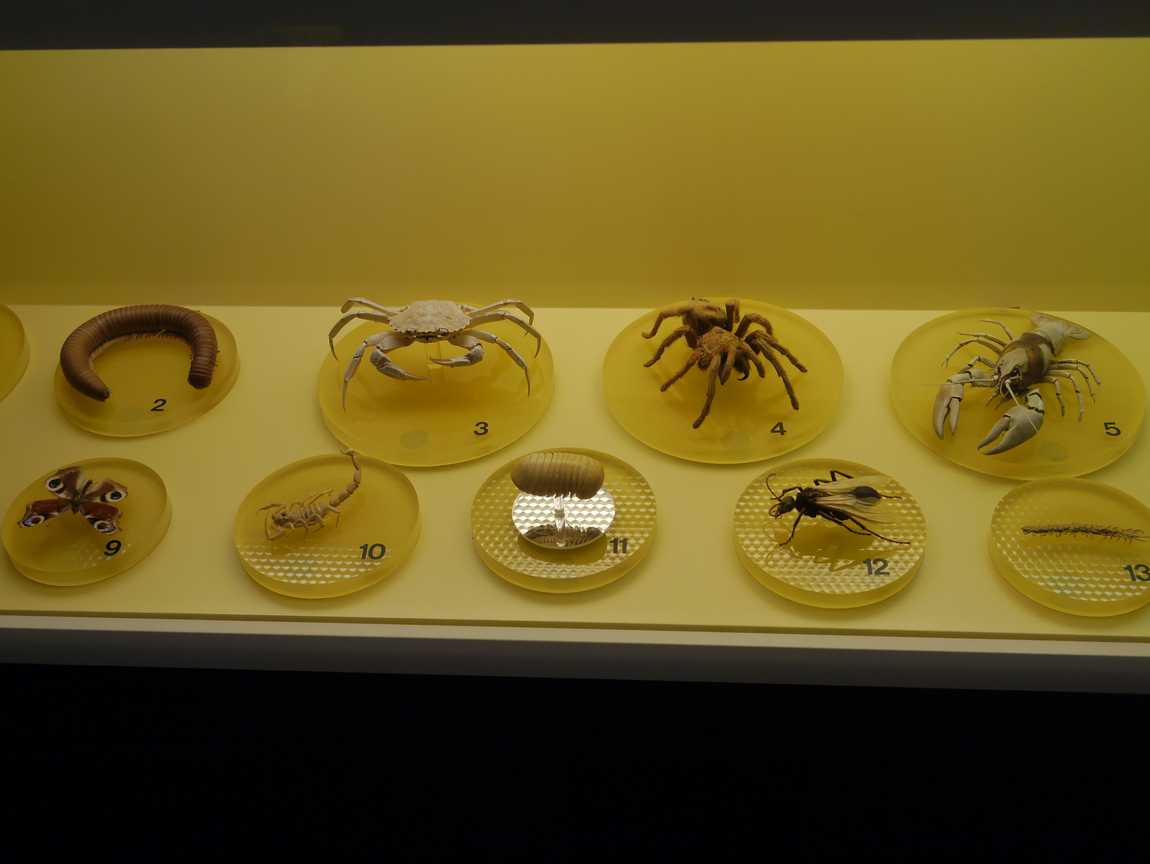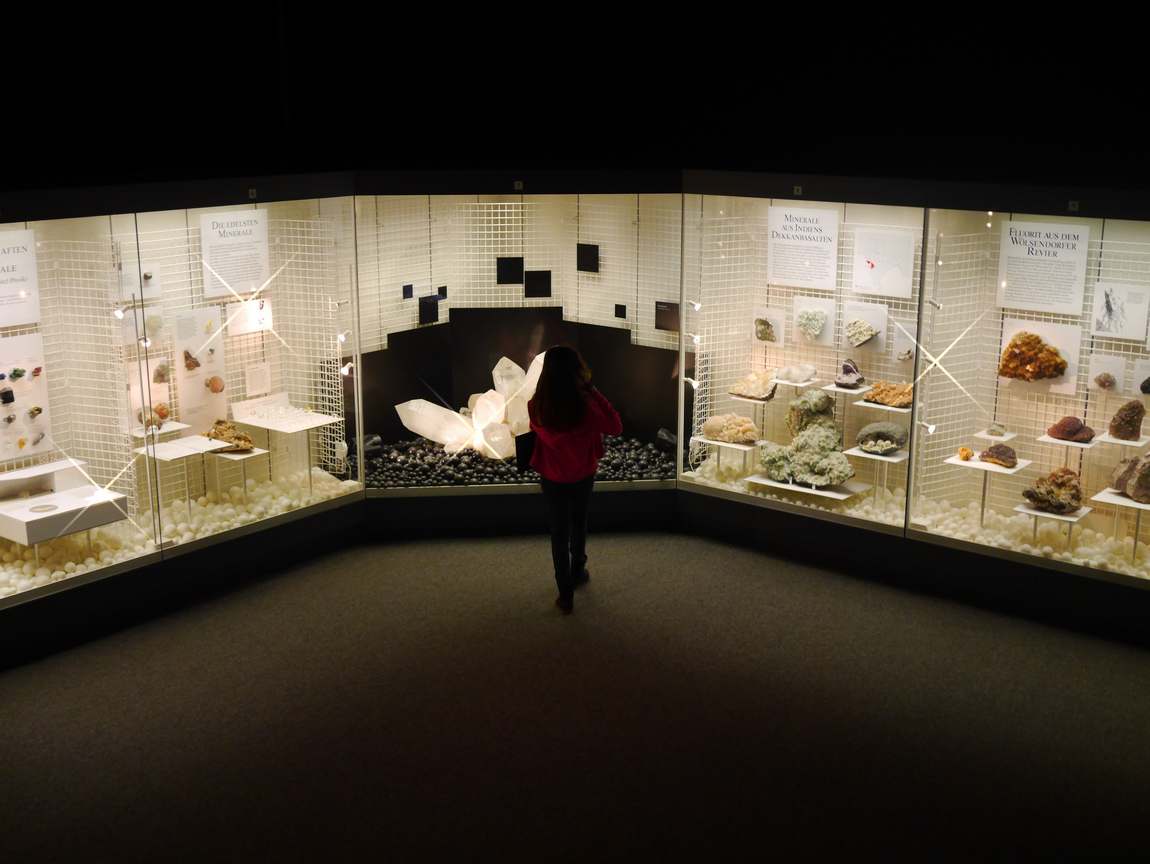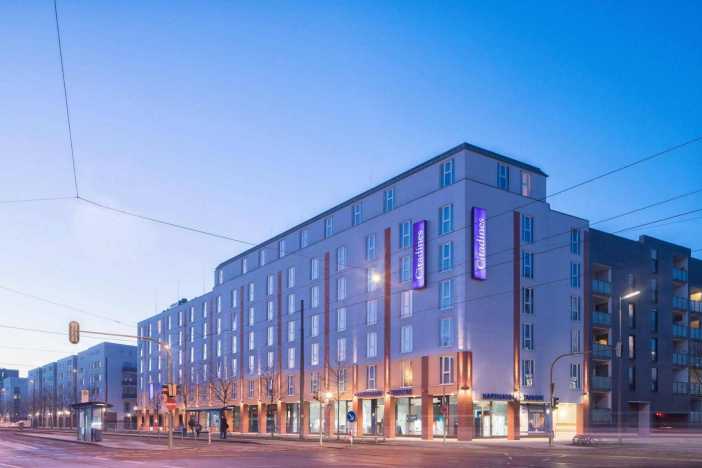The vast grounds of Nymphenburg Palace house several museums, among them the interactive museum "Man and Nature". The motto of the museum is 'Nature Studies as Impression' and so the museum material is presented in a surprising, delightful and empathic way.
In an interesting and accessible way, children will learn about the development of the Earth, evolutionary processes, the classification of animals and how the human body functions.
There is an unusual atmosphere from the moment you enter the museum: instead of a ticket office, you are greeted by the skeleton of a mesosaur, which is at least 80 million years old. But the exhibition offers a glimpse of what the Earth was like before the first organisms appeared on it, and how it has changed under the influence of earthquakes, volcanic eruptions and climate change. The diorama of the prehistoric landscape looks like a scene from a fantasy film. There are also exhibits showing what fossil animals were like: mainly fossils with plant impressions, but also mammoth and archaeopteryx bones found in Bavaria.
The dioramas are no less interesting than those of the planet's modern fauna. The stuffed animals, birds, fish and other inhabitants of the earth have been made with great skill and the animals seem to be going about their usual activities without paying any attention to humans. The story of Bruno the bear, who travelled from Italy to Germany, is particularly appealing to children.
It took a long time to catch the mischievous teddy bear, who caused a lot of trouble for the farmers, and now his cuddly toy is on display in the museum. As well as the big inhabitants of the earth, the museum also features the smallest: insects. There is also a separate section dedicated to the exploration of the African jungle. Here you can not only learn about the mysterious and dangerous world of the jungle, but also meet its explorers — including the figure of David Livingstone taking notes on his findings.
The human sections of the museum are good at highlighting important issues. The sections on human nutrition and the relationship between dietary needs and the development of agriculture are particularly interesting. Visitors are not put off by complex topics such as genetics and genetic engineering. Simple examples are used to explain processes in the human body. You can test whether you have learnt a lot on the tour in the Science Games Hall. There you will have to answer questions about animals and plants, and if you need hints, you can find them in other rooms.
You can combine your visit to the museum with guided tours of other Nymphenburg sights (e.g. the Carriage and Porcelain Museum) by purchasing a combination ticket.


